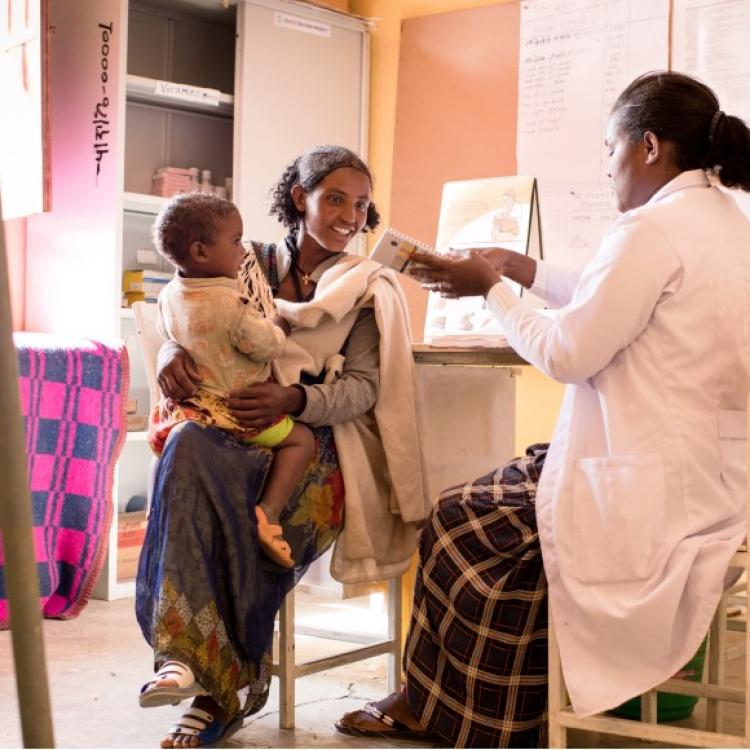eCHIS
The Electronic Community Health Information System (eCHIS) is a high priority initiative of the Information Revolution, demonstrating the MOH’s intentions to further utilize technology and data to improve health service delivery, starting at the community level. The eCHIS is the digitized version of the paper based CHIS, one of the backbones of the much successful Ethiopia’s health extension program. The content is now digitized into a mobile platform for use by health extension workers (HEW) around the country. The mobile platform and the corresponding mobile clinical referral application for use by Health workers at Health centers, will promote access to and utilization of
data about community service delivery within the Health Extension Program (HEP), supporting HEWs in their responsibilities and equipping decision makers with relevant, high quality data for advancing the health system in Ethiopia.
The eCHIS is a suite of Mobile applications with a web based monitoring portal. It captures electronic data on the Health Extension Program (HEP) and other community-level services, as well as utilize this data to improve HEP performance, community health outcomes, and also as serve a job aid to Health Extension Workers (HEW). Other advantages of eCHIS are enabling easy reporting and analytics, facilitating electronic household and population registry, supporting service delivery and tracking, easy client identification and facilitating communication with the Health center.
The eCHIS is now implemented in over 4,000 health posts and health centers.

eCHIS has four main modules. Digital family folder, Reproductive maternal newborn and child health (RMNCH), Disease prevention and control (DPC) and Logistic supply and management.
Goals
- Contributing towards quality service delivery
- Ensuring the continuum of care is happening
- Improving data quality and timeliness
- Improving the culture of data use
Objectives
- Reporting and analytics – Automate existing manual reporting processes to reduce time, resources and potential reporting errors.
- Service delivery – Allow HEWs and other staff to easily review household and individual data to deliver tailored services for households and individuals.
- Job aids – Facilitate HEW processes and work through digital tools. Reinforce policy, procedures, and guidelines through digital workflows
- Identification – Create a digital link between unique identifiers and health information about households and individuals, to prevent duplicate records
- Communication – Enable electronic sharing of data and facilitate referral linkage.
- 2841 views



